Scientists Found a Half-Male, Half-Female Spider in Thailand and It’s Fascinating - ZME Science
11/7/25 at 12:54am

Scientists named the half-male, half-female spider after an One Piece anime character who can change sex at will.
Viewed by
You are the first to view
Mysterious 2-Mile-Tall Human Figure Found in Australia Leaves Experts Scrambling for Answers! - Indian Defence Review
11/7/25 at 12:54am

A mysterious giant human figure in the Australian desert has left experts baffled for years!
Viewed by
You are the first to view
Scientists Finally Captured A Groundbreaking Image Of Two Black Holes Orbiting Each Other - Yahoo
11/7/25 at 12:54am

Pairs of black holes have been detected in the past through their gravitational effects, but until now, scientists have never gotten an actual picture of...
Viewed by
You are the first to view
Mating injuries may lead scientists to identify dinosaurs’ sex - CNN
11/7/25 at 12:54am

Paleontologists spotted injuries on the tails of duck-billed dinosaur fossils that might have occurred during mating.
Viewed by
You are the first to view
NASA may be quietly gutting an iconic campus with what it calls strategic closures, workers fear - WKOW
11/7/25 at 12:54am

(CNN) — Alarm is growing among federal workers at NASA’s iconic Goddard Space Flight Center’s main campus in Greenbelt, Maryland — the nerve center for groundbreaking missions like the Hubble
Viewed by
You are the first to view
Dark matter obeys gravity after all — could that rule out a 5th fundamental force in the universe? - Space
11/7/25 at 12:54am

Dark matter obeys gravity after all — could that rule out a 5th fundamental force in the universe?
Viewed by
You are the first to view

The Universe may not have begun with a Big Bang, but instead with a Big Bounce, according to a new theory about how the Universe expands
Viewed by
You are the first to view
Milky Way captured in stunning detail from Southern hemisphere telescopes - Earth.com
11/7/25 at 12:54am
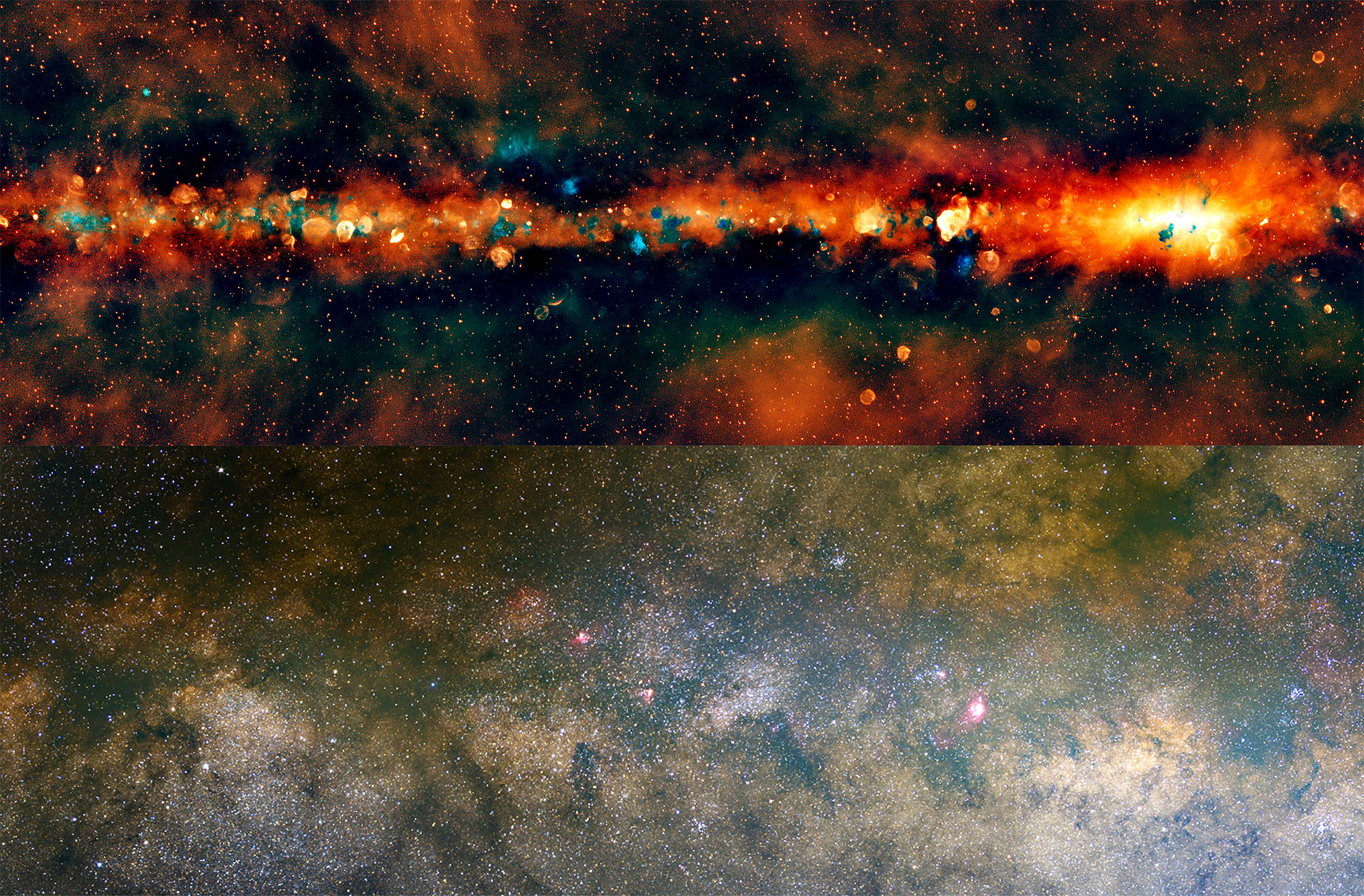
Astronomers recently built a precise radio map of the Milky Way’s southern midline, showing 98,000 radio sources.
Viewed by
You are the first to view
2.7-million-year-old tools reveal humanity’s first great innovation - ScienceDaily
11/7/25 at 12:54am

Researchers uncovered a 2.75–2.44 million-year-old site in Kenya showing that early humans maintained stone tool traditions for nearly 300,000 years despite extreme climate swings. The tools, remarkably consistent across generations, helped our ancestors adap…
Viewed by
You are the first to view

A team of scientists has used a quantum processor to create an exotic new state of matter, capturing the strange motion of quantum particles in real time.
Viewed by
You are the first to view
Earth’s magnetic field flipped wildly 565 million years ago and life changed forever - The Brighter Side of News
11/7/25 at 12:54am

Ancient Moroccan rocks reveal how Earth’s magnetic field flipped wildly 565 million years ago, reshaping life’s early history.
Viewed by
You are the first to view
These 5 Venus missions could launch in the next decade to study Earth's 'evil twin' - Space
11/7/25 at 12:54am
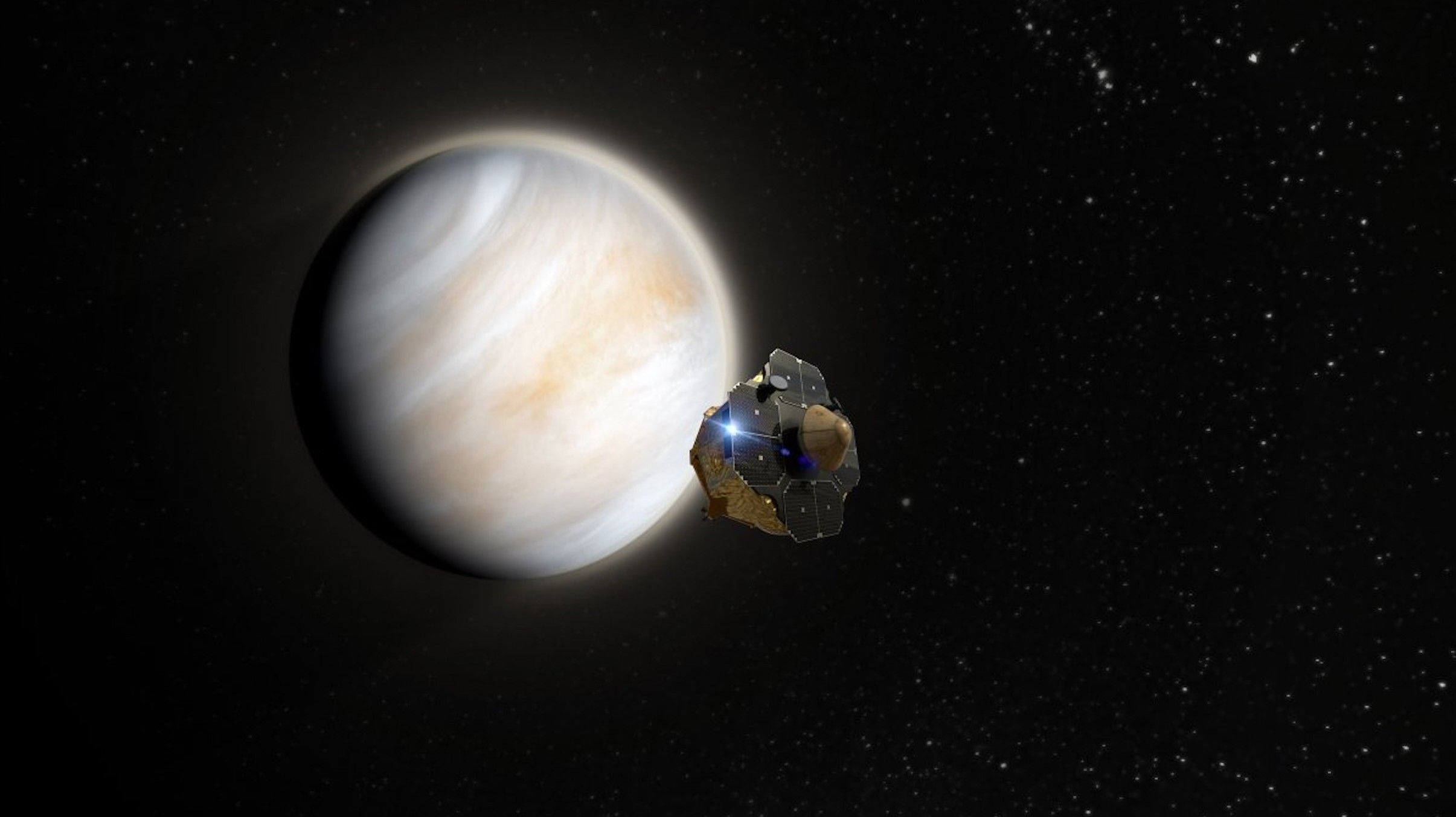
These 5 Venus missions could launch in the next decade to study Earth's 'evil twin'
Viewed by
You are the first to view
Astronomers may have found the first stars that formed after the Big Bang - Phys.org
11/7/25 at 12:54am

For years, astronomers have been on the hunt for the first generation of stars, primordial relics of the early universe. And now they may have just found them. Ari Visbal from the University of Toledo, Ohio and colleagues believe they've glimpsed so-called Po…
Viewed by
You are the first to view
Looks like science, lies like propaganda. Inside a new wave of climate misinformation - Anthropocene Magazine
11/7/25 at 12:54am

An AI analysis shows that climate deniers increasingly use charts, data visuals, and academic design to appear trustworthy. Researchers warn that fact-checking alone can’t counter the power of these deceptive aesthetics.
Viewed by
You are the first to view

Usually, the chemical mist released when onions are chopped – propanethial S-oxide – makes our eyes water.
Viewed by
You are the first to view
Earth's crust is breaking apart off the Pacific coast, and scientists are watching it in real time - Earth.com
11/7/25 at 12:54am

Scientists discovered a crack under the sea off Vancouver Island, NFZ in Cascadia region, that could alter Pacific subduction.
Viewed by
You are the first to view
Hubble sees spiral galaxy in Lion's heart photo of the day for Nov. 4, 2025 - Space
11/7/25 at 12:54am
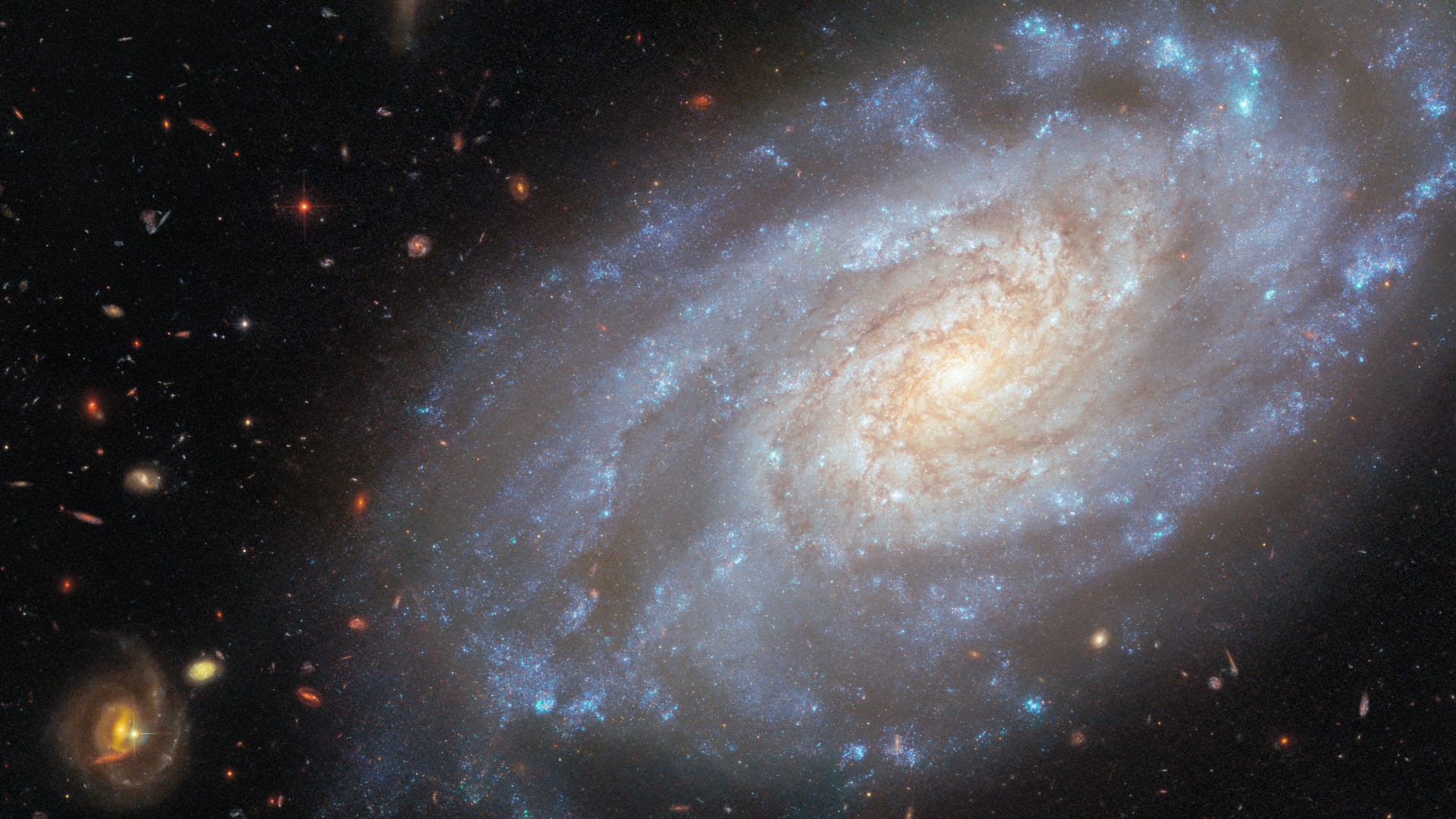
Hubble sees spiral galaxy in Lion's heart | Space photo of the day for Nov. 4
Viewed by
You are the first to view
New evidence suggests Einstein’s cosmic constant may be wrong - ScienceDaily
11/7/25 at 12:54am
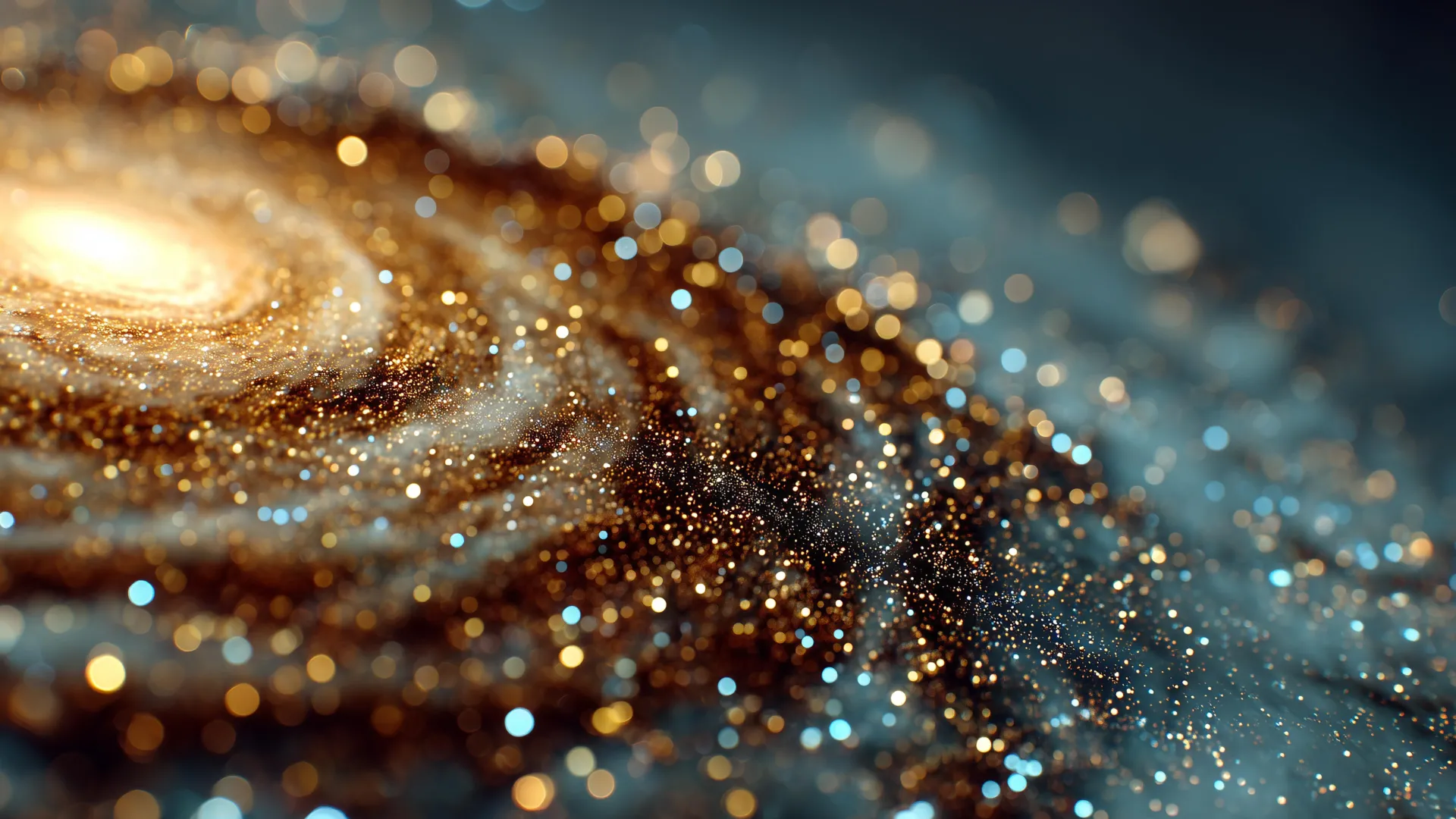
Astronomers are rethinking one of cosmology’s biggest mysteries: dark energy. New findings show that evolving dark energy models, tied to ultra-light axion particles, may better fit the universe’s expansion history than Einstein’s constant model. The results …
Viewed by
You are the first to view
Humans are born to run, and scientists now think they know how this trait evolved - Earth.com
11/7/25 at 12:54am

Humans stand out among mammals for our ability to run long distances without falling apart. That ability links back to early human ancestors.
Viewed by
You are the first to view
Scientists Finally Solve 70-Year Mystery of Sun's 'Impossible Heat' - ScienceAlert
11/7/25 at 12:54am
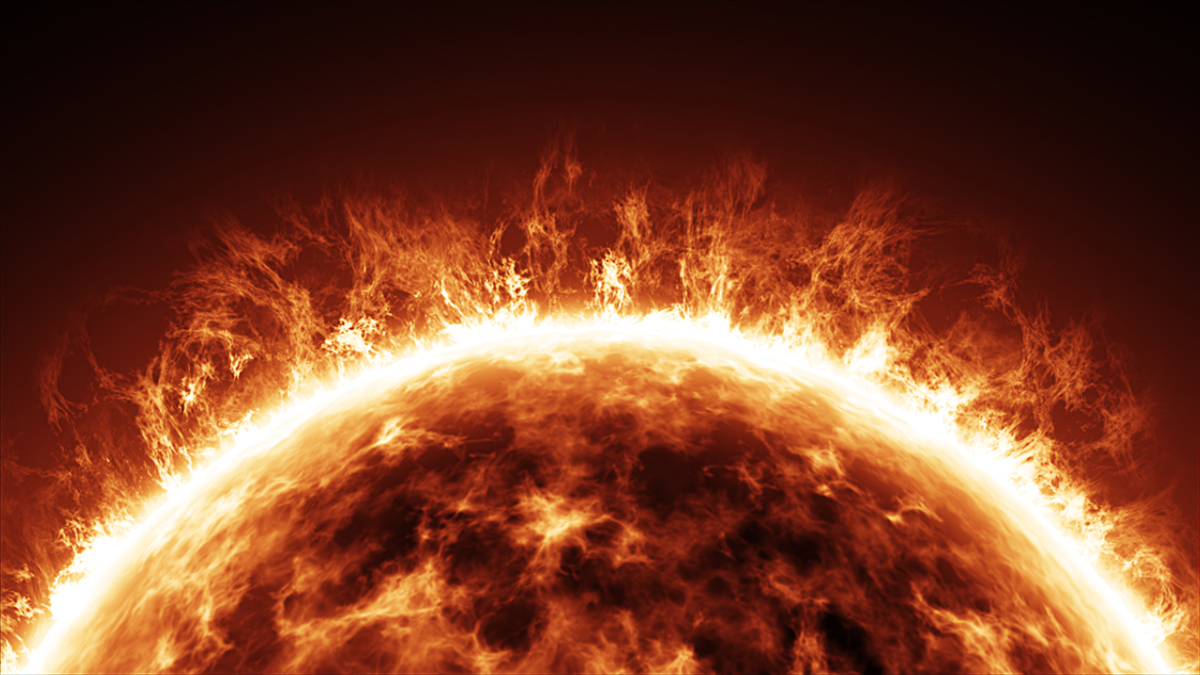
For decades, scientists have tried to understand how the Sun's corona (outer atmosphere) gets so blisteringly hot while its surface stays relatively balmy – and now a new study has delivered a big clue.
Viewed by
You are the first to view
Scientists Create an Artificial “Leaf” That Turns CO₂ Into Useful Products - SciTechDaily
11/7/25 at 12:54am

Cambridge scientists have built a solar-powered leaf that turns carbon dioxide into sustainable fuel and everyday chemicals.
Viewed by
You are the first to view
November’s nights to feature 'fireball' meteors and year's brightest supermoon - Times Union
11/7/25 at 12:54am

November night skies will host three meteor showers, a “Super Beaver Moon,” and a micromoon. The good news is that no telescope is required to see them.
Viewed by
You are the first to view
Astounding stream of stars caught escaping from nearby galaxy - Big Think
11/7/25 at 12:54am

Stellar streams are faint trails of stars that appear to "stream" out of galaxies. A new one, escaping galaxy M61, may point to many others.
Viewed by
You are the first to view
Antarctic Glacier Saw the Fastest Retreat In Modern History - Slashdot
11/7/25 at 12:54am

An anonymous reader quotes a report from CNN: An Antarctic glacier shrunk by nearly 50% in just two months, the fastest retreat recorded in modern history, according to a new study -- and the way it retreated could have big implications for global sea level r…
Viewed by
You are the first to view
No one had ever seen it before, a perfect circle floating in the Milky Way is baffling astronomers! - Evidence Network
11/5/25 at 4:20am
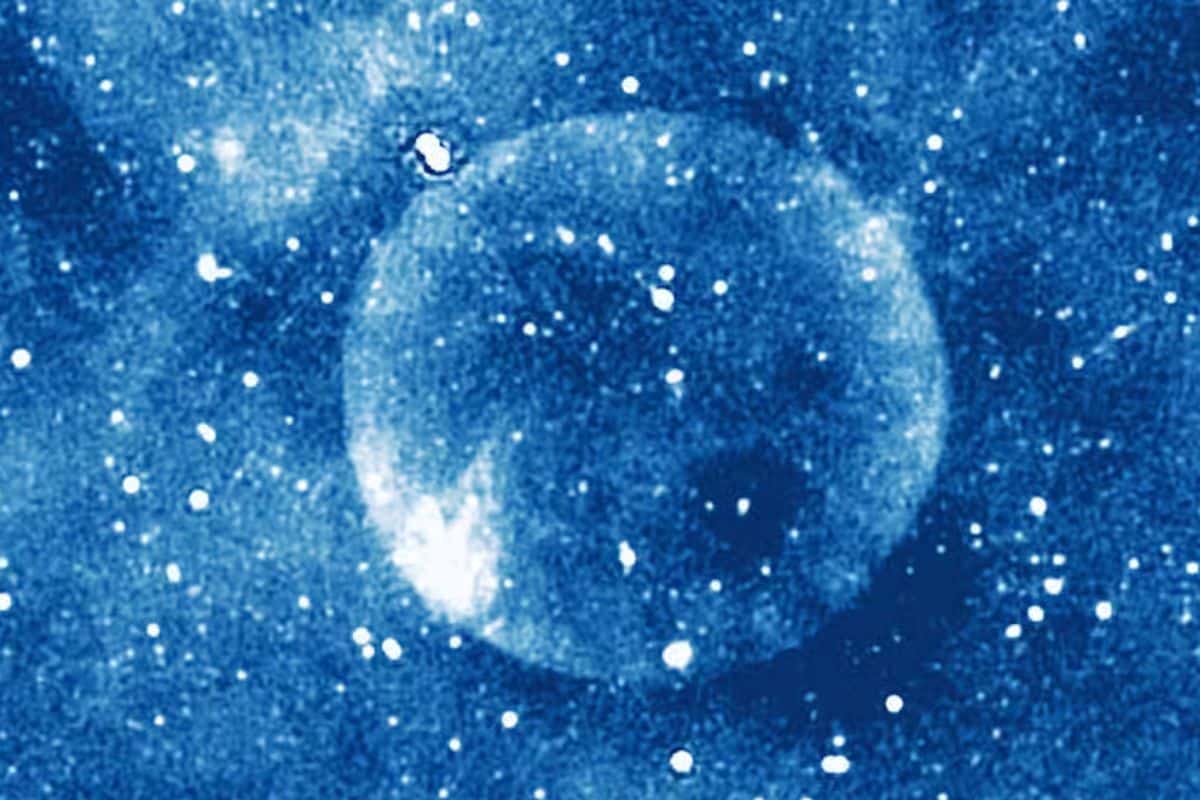
At the end of 2019, astronomers discovered strange objects in our sky. These surprisingly circular objects appeared in radio wave data. Odd Radio Circles, or ... Read more
Viewed by
You are the first to view